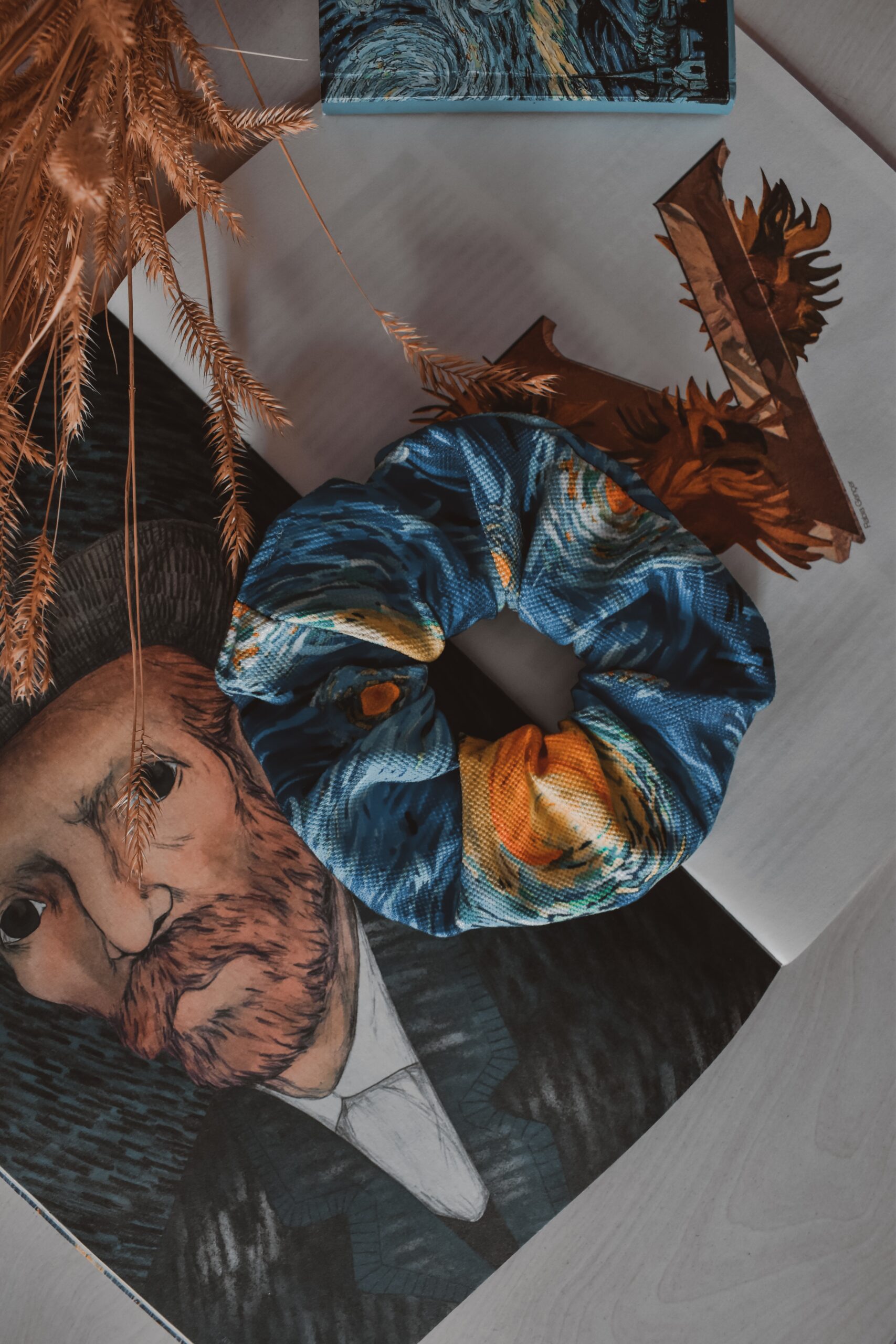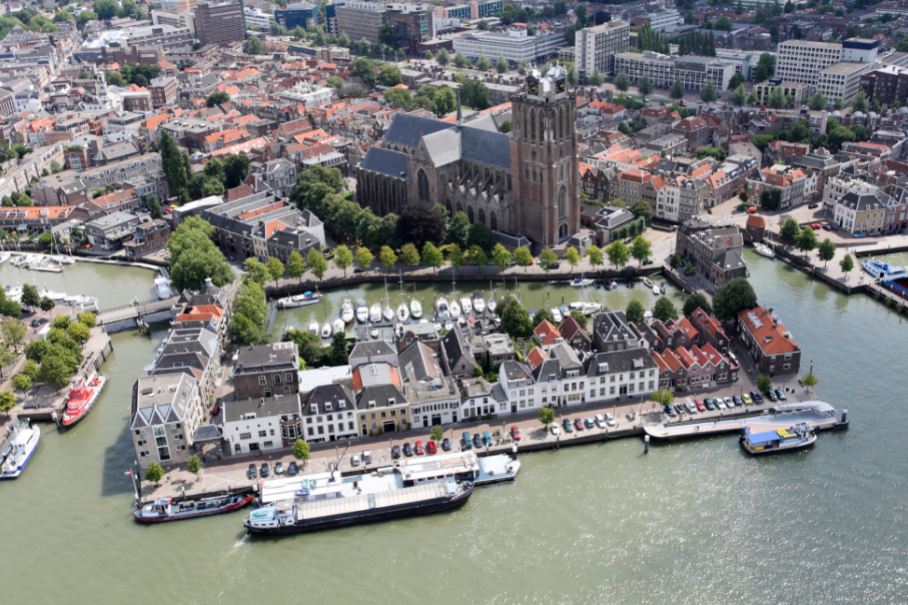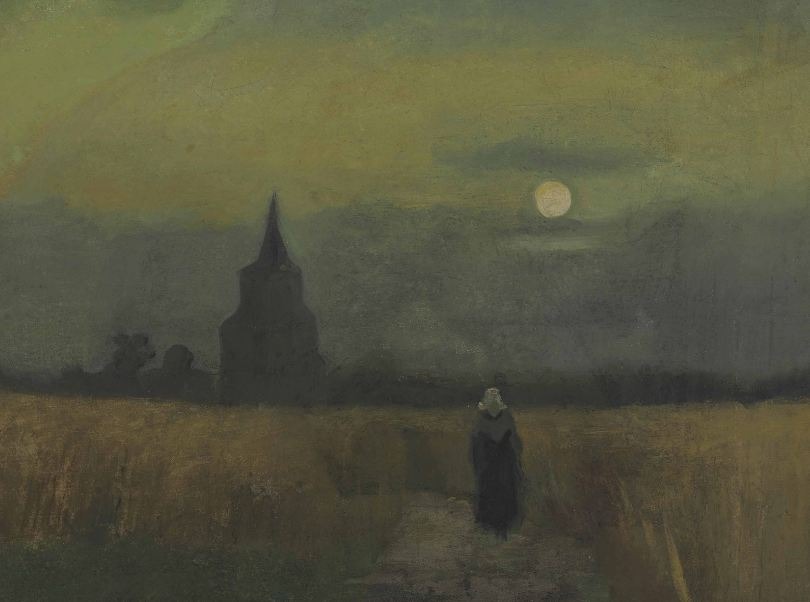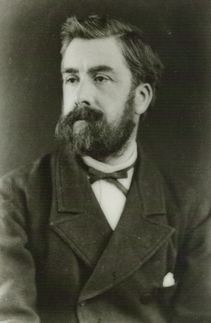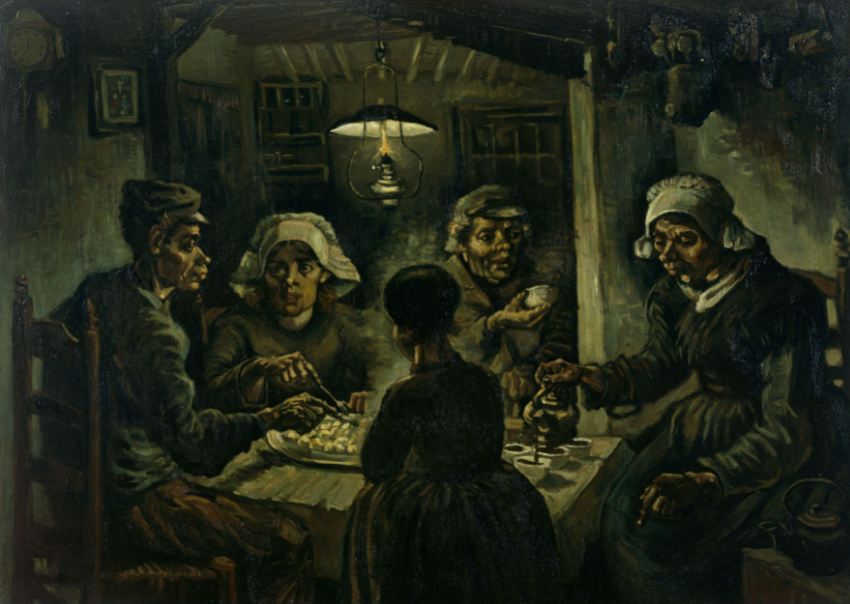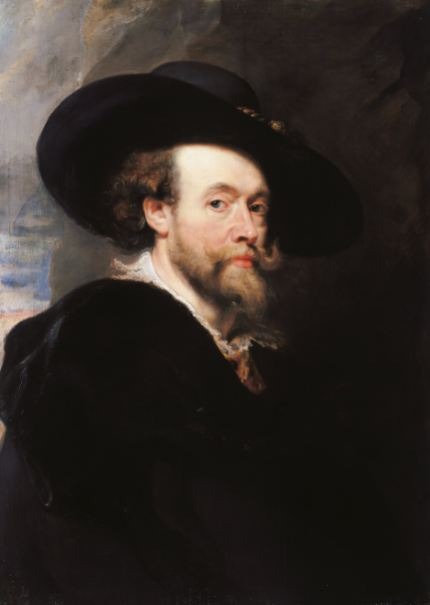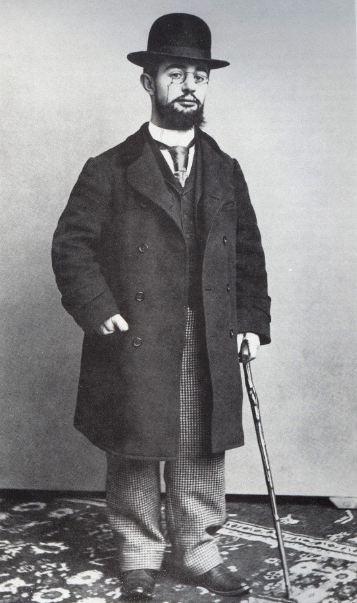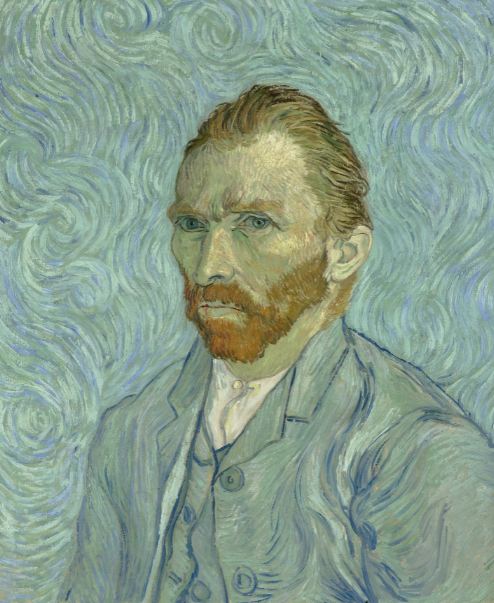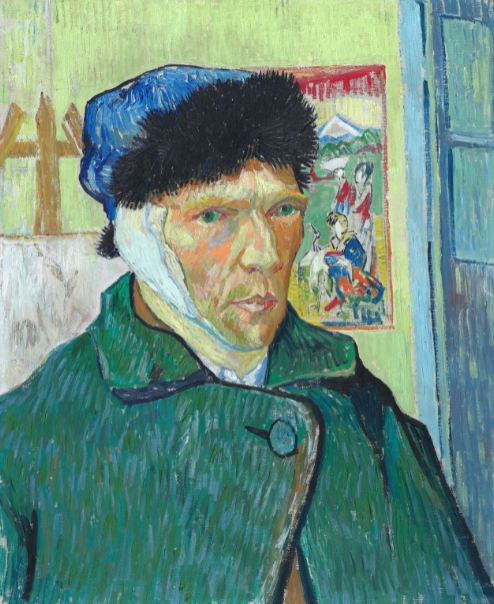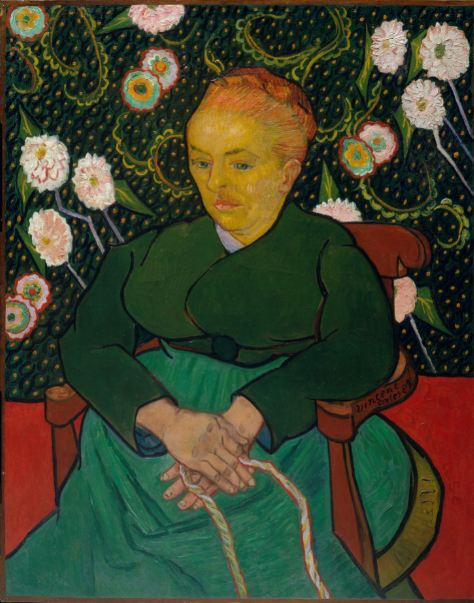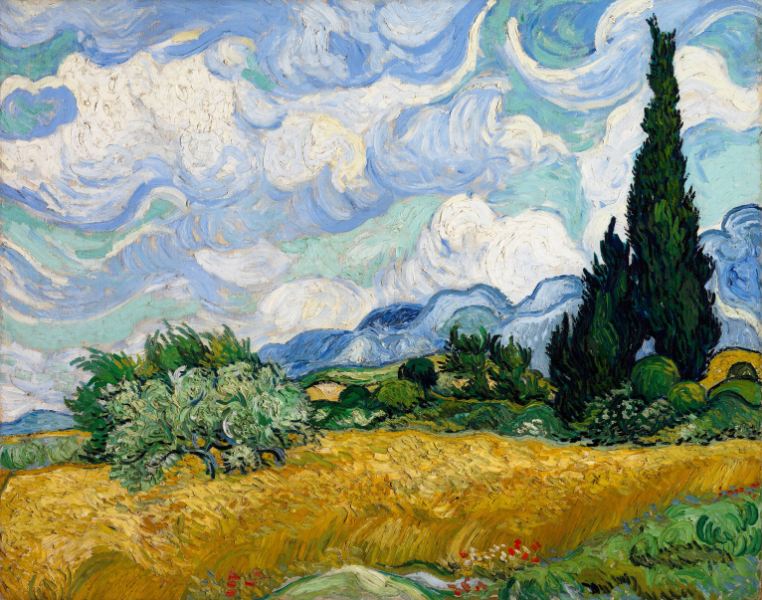Born in Zundert on 30th March 1853, Van Gogh is a famous Dutch artist. After Rembrandt van Rijn, he exists, regarded as the greatest Dutch painter and one of the greatest Post-Impressionists. Van Gogh Died on 29th July 1890, Auvers-Sur-Oise iN France. His works contain bold color, forceful brushwork, and curved forms that profoundly impacted the modern art current of Expressionism. The paintings soared in popularity after his death, particularly in the late twentieth century, when his works fetched record-breaking prices at auctions throughout the world. He was the subject of major traveling exhibitions. Van Gogh has been mythologized in the popular imagination as the ideal suffering artist, thanks to his copious published writings.
Early Life
Van Gogh grew up in a small village in the southern Netherlands, Brabant province. He was the eldest of six children of a Protestant pastor. Van was a quiet man who spent his time admiring nature and traveling through the countryside. He began working as an understudy at the Goupil and Co. art gallery in The Hague when he was sixteen. As a partner, he had his uncle.
In London, Van Gogh worked from 1873 to May 1875. From that date until April 1876, he was in Paris. His artistic sensitivity got triggered by daily interaction with works of art and developed a love for Rembrandt, Frans Hals, and other Dutch artists. He preferred two contemporary French painters, Jean-François Millet and Camille Corot, whose impact would remain throughout his life. Van Gogh despised trading in art.
In addition, after being rejected by a London girl in 1874, his attitude on life shifted. As his longing for human affection got suppressed, he grew increasingly solitary. Before arriving in the Netherlands in 1877 to work at a bookshop in Dordrecht, he worked as a language instructor and lay preacher in England.
He planned to enter the priesthood and studied theology, but he dropped out in 1878 to pursue short-term training as an evangelist in Brussels. He found himself in a power battle when he questioned the traditional doctrinal approach. After failing to obtain a position after three months, he left to undertake missionary work among the inhabitants of the Borinage, a coal-mining zone in southern Belgium. He had his first big spiritual crisis there in the winter of 1879–80. In a passionate moment, while living among the poor. He gave away all of his worldly goods. Van Gogh got banished by church authorities for having a too precise sense of Christian teaching. He became despondent and isolated himself from everyone. Gogh got impoverished and felt that his religious self exists shattered. He told a pal that people think he is insane. The reason came out to be his desire to be a true Christian.
At this point Van Gogh began to draw like an artist in 1880. Van Gogh felt that his duty from then on would be to convey solace to humanity through painting, explaining to his brother Theo, “I want to give the unhappy a brotherly message.” “It is as if I am one of them when I sign [my paintings] Vincent.” This awareness of his creative abilities revived his self-confidence.
The Productive Decade
Etten, Drenthe and The Hague
His artistic career was brief, consisting only of ten years between 1880 and 1890. He devoted himself entirely to drawings and watercolors for the first four years while gaining technical proficiency. After studying drawing at the Brussels Academy, he moved to his father’s parsonage in Etten, Netherlands, in 1881 and began to draw from nature.
Van Gogh worked hard and carefully, but he soon realized that self-training was difficult and that he needed to seek the help of more experienced artists.
Late in 1881, he moved to The Hague to work with Anton Mauve, a Dutch landscape painter.
He went to museums and talked to other painters. In the summer of 1882, Van Gogh expanded his technical skills and experimented with oil paint.
Nuenen and Antwerp (1883–1886)
In 1883, his desire to be alone with nature and with peasants led him to Drenthe, a remote section of the northern Netherlands frequented by Mauve and other Dutch painters. He stayed for three months before returning home to Nuenen, another Brabant town.
For the majority of 1884 and 1885, he resided in Nuenen, and his painting became bolder and more assured during this time. He painted three sorts of subjects: still, life, landscape, and figure, all of which exist linked by their depiction of peasant life. It showed the challenges they faced and the land they worked to cultivate
Germinal (1885), a novel about a coal-mining region of France, influenced van Gogh considerably, and sociological critique found in several of his paintings from this period, such as Weavers and The Potato Eaters. However, he eventually felt too alone in Nuenen.
His perception of the possibilities of painting was fast-changing. He learned to represent the freshness of visual perception from Hals, and he grasped that colors express something on their own from the works of Paolo Veronese and Eugène Delacroix. It sparked his interest in Peter Paul Rubens and led to his hasty departure for Antwerp, Belgium, where a collection of Rubens works exists.
The discovery of Rubens’ manner of direct notation and his ability to portray a mood through a mixture of colors was essential in his style development.
Paris (1886–1888)
Van Gogh discovered Japanese prints and Impressionist art at the same time.
Influences had a powerful impact on him than the educational ideas taught at the Antwerp Academy, where he studied. His refusal to accept the academy’s demands resulted in a quarrel, and he abruptly left in 1886 to join Theo in Paris. While working on his sketch, Van Gogh met Henri Lautrec, Paul Gauguin, and others who play significant roles in contemporary art.
They exposed him to the most recent trends in French painting. At the same time, Theo introduced him to Impressionist artists Camille Pissarro, Georges Seurat, and others. Van Gogh was ready for such training by this time and developments in his painting in Paris. The spring of 1886 and February of 1888 resulted in the development of his particular idiom and brushwork. As seen in his earliest artwork of Montmartre, his palette became more colorful, his vision less traditional, and his tonalities lighter. He started painting in pure colors and using fractured, pointillistic brushwork by the summer of 1887. Van Gogh’s Post-Impressionist style had finally formed by the beginning of 1888, culminating in masterpieces. Portrait of Père Tanguy, and Self-Portrait in Front of the Easel, and some landscapes of the Parisian suburbs.
Van Gogh was tired of city life after two years, physically drained, and yearning to look at nature beneath a clean sky. His new obsession was a loaded impression of color. In February 1888, he left Paris for Arles in southwestern France.
Suggested Post: Famous Paintings and the Stories Behind Them
Artistic Breakthrough
Arles (1888–89)
Over the next year, he painted blossoming fruit trees, views of the town and surroundings, self-portraits, portraits of Roulin the postman and other acquaintances, interiors and exteriors of the house, sunflowers, and landscapes, among other subjects. He attempted to respect the exterior visual element of a figure or landscape in these paintings. However, he found it difficult to ignore his sentiments for the topic, which manifested themselves in dramatic shapes and heightened color effects. He used to be cautious when differing from the traditional painting techniques he worked so hard to master. However, now he embraces his individualism and begins squeezing his oil paint tubes directly into the canvas. Van Gogh’s approach was spontaneous, as he worked quickly and intensely to capture an effect or mood while it held him.
Van Gogh was aware that his approach to painting was individualistic, but he also recognized that some undertakings are beyond the capabilities of solitary individuals. He had wanted to join a separate Impressionist group in Paris with Gauguin, Toulouse-Lautrec, and others who shared his goals. He rented and decorated property in Arles to entice people to join him in establishing The Studio of the South, an established community.
Visit of Gauguin (1888)
In October 1888, Gauguin came for two months. Van Gogh and Gauguin collaborated; nevertheless, while each had some impact on the other, their relationship quickly deteriorated because they had different ideas and were temperamentally incompatible
Hospital In Arles
On Christmas Eve, 1888, disaster struck. Van Gogh shattered both physically and mentally. He supposedly chased Gauguin with a razor and hacked off the bottom half of his left ear while arguing with him. According to a dramatic news account, a psychotic Van Gogh then went to a brothel near his home. He handed the bloodied body part to a woman named Rachel, asking her to guard this piece carefully. Gauguin was the one who mangled the ear, and he did so with a sword. Whatever happened, Van Gogh accepted responsibility and got admitted to the hospital; Gauguin went to Paris.
A fortnight later, Van Gogh went home and started painting, completing a mirror-image Self-Portrait with Bandaged Ear and Pipe, several still lifes, and La Berceuse (Woman Rocking a Cradle; Augustine-Alix Pellicot Roulin, 1851–1930).
After demonstrating signs of mental illness, he was committed to the hospital again a few weeks later. He wanted to be temporarily locked up in the institution at Saint-Rémy-de-Provence to be under medical supervision at the end of April 1889, fearful of losing his newfound ability for labor, which he viewed as a guarantee of his sanity.
Van Gogh resided there for a year, plagued by repeated attacks, oscillating between calm and low-spirited moods, and working in spurts: It is when Rembrandt, Delacroix, and Millet painted The Starry Night, Garden of the Asylum, Cypresses, Olive Trees, Les Alpilles, portraits of doctors, and interpretations of Rembrandt and Delacroix paintings.
Losing contact with reality, as well as a sense of despair, are the characteristics of this period (1889–90). Van Gogh struggled against having to create from memory. He was confined to his cell or the institution garden for a long time. In it, he found that direct observation was the source of his inspiration. He sought to make his painting more peaceful in Saint-Rémy by muting the brilliant, sun-drenched colors of the previous summer.
As a result, his best Saint-Rémy paintings are bolder and more imaginative than his Arles paintings.
Van Gogh himself winded up this period. He got afflicted by homesickness and loneliness, and he painted keepsakes of Holland. The month was May 1890. Four days later, he went to Auvers-Sur-Oise to stay with Paul-Ferdinand Gachet, a homeopathic doctor-artist who was a friend of Pissarro and Paul Cézanne. Van Gogh began working with zeal; nonetheless, his style evolved, and the natural forms in his paintings grew less deformed. However, this period was brief, and it ended with quarrels with Gachet and remorse over his financial reliance on Theo (now married and with a son) and inability to achieve. Van Gogh shot himself in despair of ever being able to conquer his loneliness or be cured. He did not die right away. Two days later, Van Gogh died.
Bottom Line
Van Gogh is widely regarded as one of the finest Dutch painters of all time, owing to his paintings during the last three years of his life. Looking for a more Influential artist? How about Johannes Vermeer?
This article offers all of the information you will need to help you learn more about Vincent Van Gogh.
We also recommend checking out famous unfinished works.

